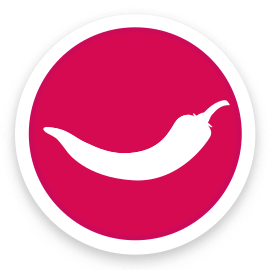Note publique d'information : Cette thèse propose une méthodologie permettant l'identification des groupes homogènes
de malades (GHM) du Centre Hospitalier Universitaire (CHU) de Grenoble dont la durée
de séjour (DS) s'écarte de la "référence nationale", mais aussi d'identifier la présence
d'éventuels groupes d'"outliers" (patients avec des DS extrêmes) dans ces GHM. L'enjeu
est de taille : des séjours longs entrainent une occupation des lits supérieure à
ce que permet la valorisation financière correspondant à la pathologie prise en charge.
Il est donc important de repérer ces GHM, responsables du coût élevé du point Indice
Synthétique d' Activité (ISA), unité d'oeuvre des hôpitaux utilisée par le Programme
de Médicalisation des Systèmes d'Information pour connaître leur activité, leur allouer
le budget correspondant, et contraindre à une productivité optimale. Les écarts entre
la distribution des DS des GHM grenoblois et celle de leurs homologues de la base
nationale ont été comparés. Pour chaque GHM, un profil, fondé sur la comparaison des
quartiles de DS des distributions nationales et grenobloises, deux à deux, a été construit.
Des méthodes statistiques de classification (analyse en composantes principales, classification
hiérarchique, analyse discriminante et modèles de mélange) ont été utilisée pour repérer
aisément et sûrement les GHM économiquement coûteux. De manière empirique, les profils
grenoblois semblent se structurer en 9 catégories. La classification hiérarchique
identifie 4 catégories de GHM, dont une particulière comptant 16 GHM, dans laquelle
un tiers des patients participe fortement à la dérive n points ISA du CHU, et pour
qui la mise en place d'une action économiquement rentable serait aisée. Le modèle
de mélange montre que les GHM se structurent en 3 catégories et permet de valider
la classification issue de l'approche multidimensionnelle.
Note publique d'information : This thesis provides a methodology to identify diagnosis related groups (DRG) from
Grenoble University Hospital which have a length of stay (LOS) longer than the national
reference LOS and also to identify outliers (patients with extreme length of stay)
in these groups. Long LOS are critical because the hospital's rooms tend to be used
too much, compared to what the financial score (value) of the corresponding DRG (pathology)
would allow. It is therefore important to identify the groups that are responsible
for high costs in terms of Indice Synthétique d'Activité (ISA) point. The ISA point
is a unit used in the French national program settled to medicalize the information
system in hospitals with the aim of optimizing hospital efficiency by measuring their
activity and determining the corresponding budget to provide them with (french Prospective
Payment System). We compared the differences between the length of stays distribution
for the DRG in Grenoble and the LOS distribution for the corresponding DRG in the
national database. For each DRG we built a profile by comparing the quartiles of the
two distributions. We used statistical classification methods, such as Principal Components
Analysis, Hierarchical Clustering, Discriminant Analysis and mixtures models, to identify
the groups with highest costs. Empirically 9 different profile types seem to be distinguished.
Hierarchical clustering methods identified a classification of DRG in 4 groups. One
of them (16 DRG's) counted one third of patients who were highly responsible for costly
ISA points and for which an efficient economical action could be easily undertaken.
The mixture models distinguished 3 groups of DRG, and validated the classification
derived from the Hierarchical Clustering Method.

 paprika.idref.fr
paprika.idref.fr
 data.idref.fr
data.idref.fr
 Documentation
Documentation

 paprika.idref.fr
paprika.idref.fr
 data.idref.fr
data.idref.fr
 Documentation
Documentation
